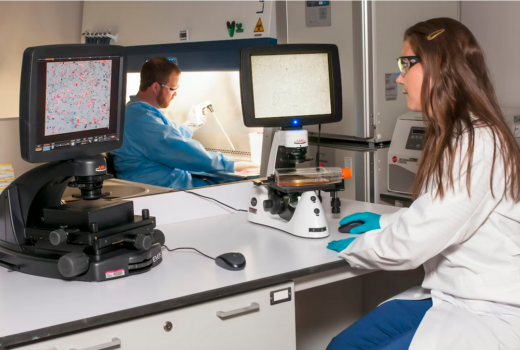Symmetrie in deeltjes
Usually, people do one step at the time. His step was a giant step of imagination. His research was way beyond what other people were doing”. Vorige week gaf Wilczek de De Sitterlezingen aan de RUG. “The work for which Nambu got awarded this Nobel Prize was central to my De Sitter lectures, I was exactly talking about that, how we can build on the work he has done”.
De Zweedse KNAW heeft besloten de Nobelprijs natuurkunde 2008 voor de helft toe te kennen aan Yoichiro Nambu van het Enrico Fermi Institute, University of Chicago, IL, USA“for the discovery of the mechanism of spontaneous broken symmetry in subatomic physics”. De andere helft gaat wordt gedeeld door: Makoto Kobayashi, High Energy Accelerator Research Organization (KEK), Tsukuba, Japan en Toshihide Maskawa,Yukawa Institute for Theoretical Physics (YITP), Kyoto University, Japan“for the discovery of the origin of the broken symmetry which predicts the existence of at least three families of quarks in nature”.
Een uitgebreide motivering van het Nobelcomité leest u hier:
Passion for symmetry
The fact that our world does not behave perfectly symmetrically is due to deviations from symmetry at the microscopic level.
As early as 1960, Yoichiro Nambu formulated his mathematical description of spontaneous broken symmetry in elementary particle physics. Spontaneous broken symmetry conceals nature’s order under an apparently jumbled surface. It has proved to be extremely useful, and Nambu’s theories permeate the Standard Model of elementary particle physics. The Model unifies the smallest building blocks of all matter and three of nature’s four forces in one single theory.
The spontaneous broken symmetries that Nambu studied, differ from the broken symmetries described by Makoto Kobayashi and Toshihide Maskawa. These spontaneous occurrences seem to have existed in nature since the very beginning of the universe and came as a complete surprise when they first appeared in particle experiments in 1964. It is only in recent years that scientists have come to fully confirm the explanations that Kobayashi and Maskawa made in 1972. It is for this work that they are now awarded the Nobel Prize in Physics. They explained broken symmetry within the framework of the Standard Model, but required that the Model be extended to three families of quarks. These predicted, hypothetical new quarks have recently appeared in physics experiments. As late as 2001, the two particle detectors BaBar at Stanford, USA and Belle at Tsukuba, Japan, both detected broken symmetries independently of each other. The results were exactly as Kobayashi and Maskawa had predicted almost three decades earlier.
A hitherto unexplained broken symmetry of the same kind lies behind the very origin of the cosmos in the Big Bang some 14 billion years ago. If equal amounts of matter and antimatter were created, they ought to have annihilated each other. But this did not happen, there was a tiny deviation of one extra particle of matter for every 10 billion antimatter particles. It is this broken symmetry that seems to have caused our cosmos to survive. The question of how this exactly happened still remains unanswered. Perhaps the new particle accelerator LHC at CERN in Geneva will unravel some of the mysteries that continue to puzzle us.
Meest Gelezen
Vrouwen houden universiteit draaiende, maar krijgen daarvoor geen waardering
Hbo-docent wil wel rolmodel zijn, maar niet eigen moreel kompas opdringen
Wederom intimidatie van journalisten door universiteit, nu in Delft
‘Waarom het nu niet lukt om medezeggenschap in hbo te versterken’
‘Sluijsmans et al. slaan de plank volledig mis’


